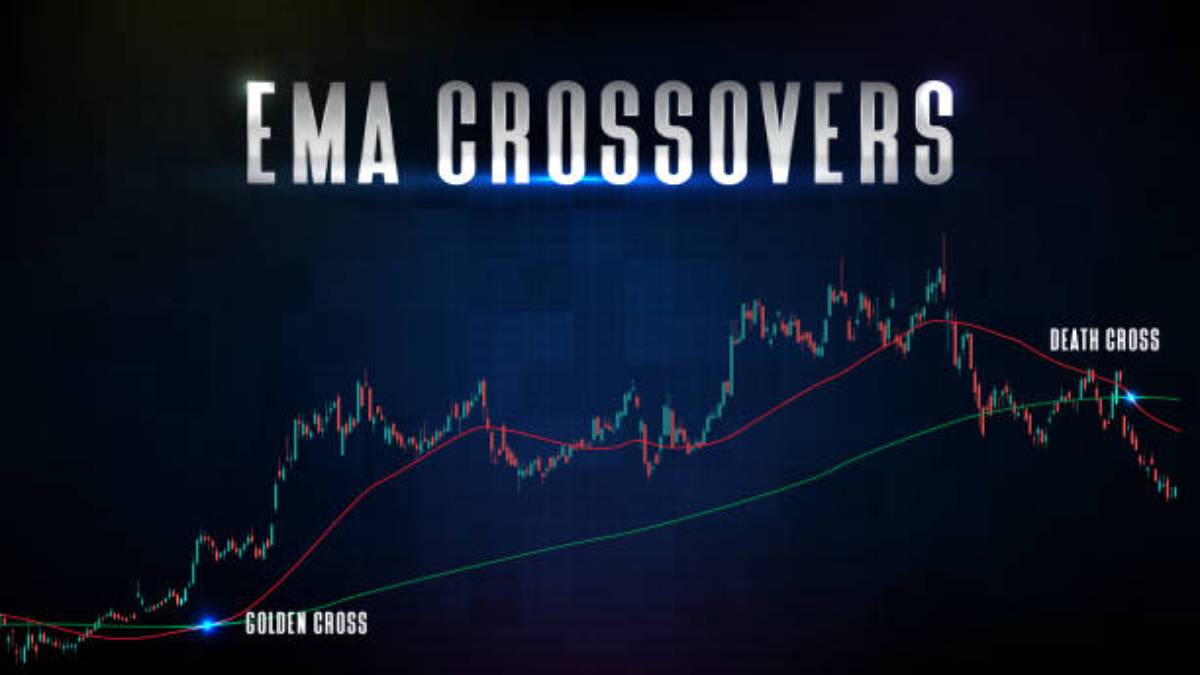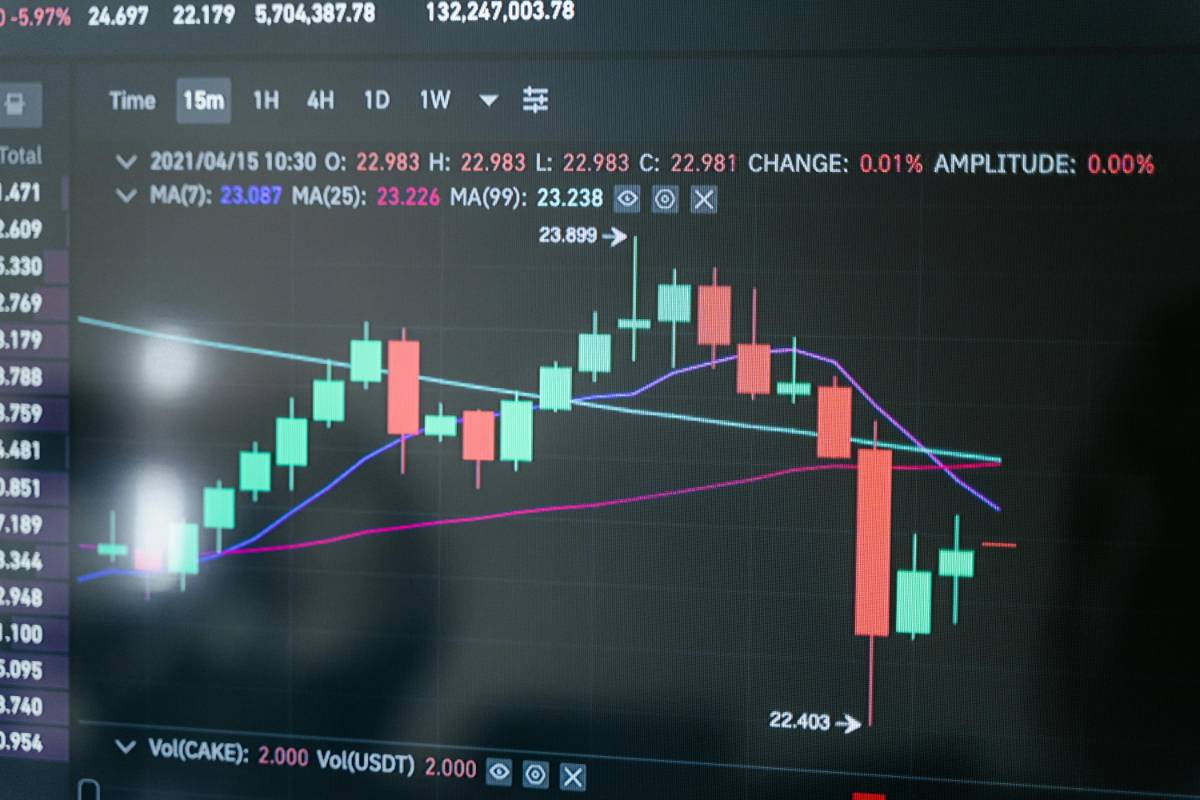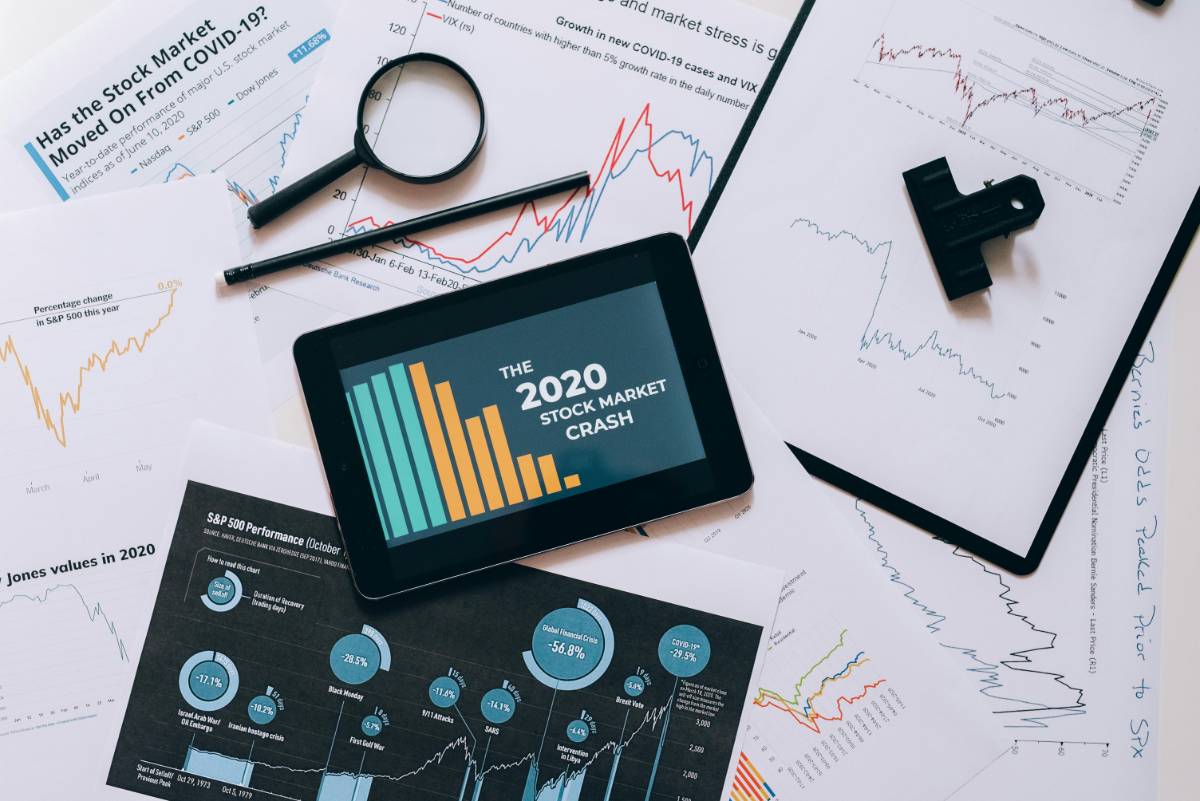
Best U.S. ETFs for Long-Term Investors in 2025
 By Rajat Sen
By Rajat SenInvesting in ETFs is a popular strategy for long-term investors seeking growth, stability, and diversification. With numerous options available, selecting the right ETFs for 2025 can be crucial for financial success.
Broad Market ETFs
Broad market ETFs, such as those tracking the S&P 500, offer diversified exposure to large-cap U.S. stocks. These funds provide steady growth and lower volatility over time.
Investors looking for a solid foundation for their portfolio often start with broad market ETFs due to their historical performance.
Growth-Oriented ETFs
Growth ETFs focus on high-performing sectors such as technology and healthcare. These funds can offer substantial returns but may also carry higher risk.
Investors with a higher risk tolerance may benefit from allocating a portion of their portfolio to growth-oriented ETFs.
Dividend ETFs
Dividend ETFs invest in companies that provide consistent dividend payouts, making them attractive for income-focused investors.

These funds offer stability and passive income, making them ideal for long-term investors seeking regular returns.
Sector-Specific ETFs
For those looking to capitalize on specific industries, sector ETFs allow investors to target sectors like renewable energy, real estate, or consumer goods.
Choosing sector ETFs wisely can enhance portfolio diversification and align with emerging market trends.
You might also like
1. How Interest Rates Impact ETF and Mutual Fund Performance2. Understanding and Managing Risk in Your Investment Portfolio3. The Basics of Passive Income: How to Make Money Work for You4. Understanding the U.S. Financial System: A Complete GuideInternational ETFs
International ETFs provide exposure to global markets, allowing investors to diversify beyond U.S. stocks. These funds can help mitigate domestic market risks.

A balanced portfolio often includes international ETFs to benefit from economic growth across different regions.
Conclusion
Choosing the best ETFs for long-term investment in 2025 depends on your financial goals, risk tolerance, and market outlook. Broad market, growth, dividend, sector-specific, and international ETFs each serve unique purposes, helping investors build a resilient and well-diversified portfolio.
About the author
 By Rajat Sen
By Rajat SenRajat Sen is a seasoned finance writer with over 8 years of experience helping millennials and Gen Z take control of their money. With a background in economics and a passion for demystifying complex financial concepts, Ananya shares actionable tips on budgeting, investing, and building long-term wealth. Her mission is to make financial literacy accessible, relatable, and empowering — no jargon, just smart money moves.
More like this

Stock Buybacks: How They Influence Share Prices
Stock buybacks have become a common strategy for companies looking to boost share prices and reward investors. Understanding their impact can help investors make informed decisions.

Meme Stocks: Are They Making a Comeback?
Meme stocks took the financial world by storm in recent years, driven by online communities and retail investors. As market conditions shift, many wonder if these stocks are making a comeback.

Dividend Stocks vs. Growth Stocks: Where’s the Best Opportunity?
Investors often face a crucial decision when building their portfolios: Should they invest in dividend stocks for stability or growth stocks for higher returns? Understanding the differences can help in making the right choice based on financial goals and risk tolerance.

How Geopolitical Events Affect U.S. Stock Performance
Geopolitical events have a significant impact on the U.S. stock market, influencing investor sentiment, market volatility, and sector performance. Understanding these effects can help investors navigate uncertainty and make informed decisions.

AI and Automation: The Next Big Disruptors in the Stock Market
Artificial intelligence and automation are transforming industries, and the stock market is no exception. These technologies are reshaping investment strategies, trading mechanisms, and market dynamics at an unprecedented pace.

S&P 500 vs. Nasdaq: Where Should You Invest?
Investors often compare the S&P 500 and the Nasdaq when deciding where to allocate their funds. Understanding the differences between these indices can help you make a strategic investment choice based on your risk tolerance and financial goals.

Why Tech Stocks Are Leading the Market Again
Tech stocks are once again at the forefront of the market, driven by innovation, strong earnings, and investor optimism. As companies in the sector continue to expand their influence, understanding the reasons behind this surge can help investors make informed decisions.

The Impact of Federal Reserve Policies on the Stock Market
Federal Reserve policies play a crucial role in shaping the stock market. Interest rate decisions, quantitative easing, and regulatory measures directly impact investor sentiment and market performance. Understanding these effects can help traders and long-term investors navigate the evolving financial landscape.

Top Performing Stocks on Wall Street This Quarter
The latest quarter on Wall Street has seen significant movements, with some stocks outperforming expectations while others struggled to keep up. Understanding these trends can help investors make informed decisions moving forward.

U.S. Stock Market Outlook: What to Expect in 2025
As we move into 2025, investors are looking for insights into the U.S. stock market's potential trajectory. Market trends, economic policies, and global events will all play crucial roles in shaping investment opportunities.





